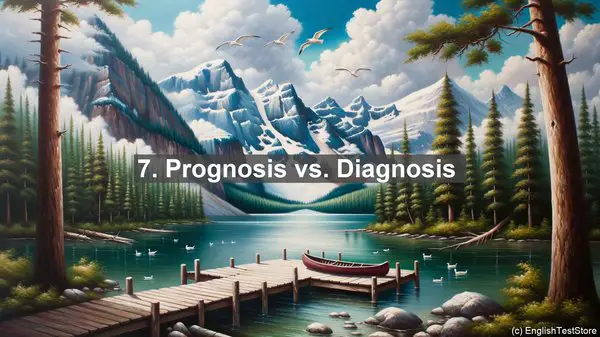Introduction
Hello everyone, and welcome to today’s lesson. As students in the field of veterinary oncology, it’s crucial to have a strong grasp of the terminology we encounter. However, there are several words that often cause confusion. In this lesson, we’ll shed light on the top 10 commonly confused words in this specialized area. So, let’s dive in!
1. Tumor vs. Cancer
While these terms are often used interchangeably, there’s a subtle difference. A tumor refers to an abnormal growth, which can be benign or malignant. On the other hand, cancer specifically indicates a malignant tumor. So, every cancer is a tumor, but not every tumor is cancer.
2. Metastasis vs. Invasion
Both metastasis and invasion involve the spread of cancer cells. However, metastasis refers to the cells’ ability to travel to distant sites in the body, establishing new tumors. Invasion, on the other hand, describes the local spread of cancer cells within nearby tissues.
3. Chemotherapy vs. Radiation
These are two common treatment modalities in veterinary oncology. Chemotherapy involves the use of drugs to kill cancer cells, while radiation therapy uses high-energy beams to target and destroy cancer cells. The choice between the two depends on various factors, including the type and stage of cancer.
4. Remission vs. Cure
When we talk about remission, it means that the signs and symptoms of cancer have significantly reduced or disappeared. However, it doesn’t imply a complete cure. Cure, on the other hand, indicates the absence of cancer cells and the likelihood of long-term survival without recurrence.

5. Palliative vs. Curative
These terms are often used when discussing treatment goals. Palliative care focuses on improving the patient’s quality of life and managing symptoms, even if it doesn’t aim to cure the underlying disease. Curative treatment, as the name suggests, aims to eliminate the disease entirely.
6. Biopsy vs. Cytology
Both biopsy and cytology are diagnostic procedures. A biopsy involves the removal of a tissue sample for microscopic examination, providing detailed information about the tumor. Cytology, on the other hand, involves the analysis of individual cells, often obtained through fine-needle aspiration.
7. Prognosis vs. Diagnosis
Prognosis and diagnosis are two distinct aspects of patient management. Diagnosis refers to identifying the disease or condition, often through various tests and examinations. Prognosis, on the other hand, deals with predicting the likely outcome and course of the disease, including the response to treatment.
8. Sarcoma vs. Carcinoma
These terms refer to different types of tumors. Sarcomas arise from connective tissues, such as bones, muscles, or blood vessels. Carcinomas, on the other hand, originate from epithelial tissues, which line the body’s organs. Understanding the tumor type is crucial for determining the appropriate treatment.
9. Neoplasm vs. Hyperplasia
Neoplasm and hyperplasia both involve abnormal cell growth. However, neoplasm specifically refers to uncontrolled, potentially malignant growth. Hyperplasia, on the other hand, is an increase in the number of cells in a tissue, often in response to a stimulus, but not necessarily cancerous.

10. Prophylactic vs. Therapeutic
When it comes to interventions, these terms come into play. Prophylactic measures are preventive in nature, aiming to reduce the risk of disease. Therapeutic interventions, on the other hand, are treatments administered after the disease has occurred, with the goal of curing or managing it.
